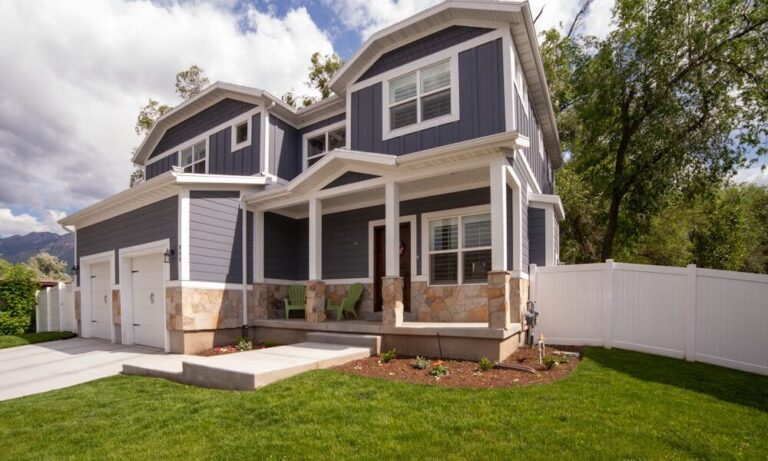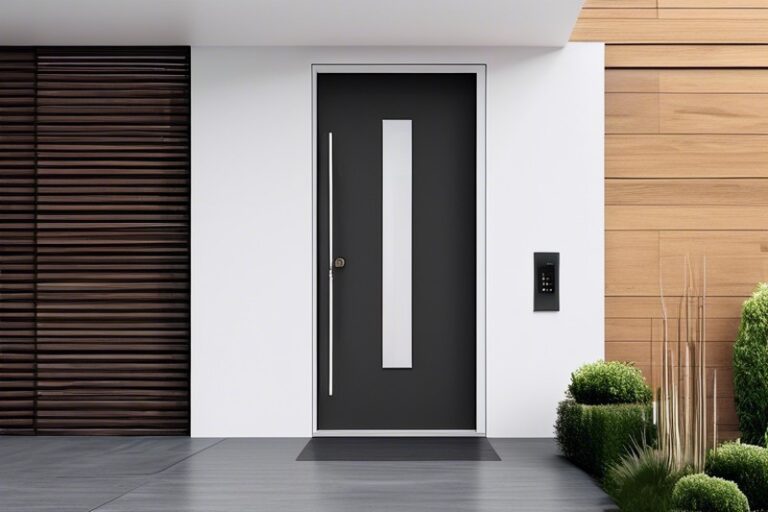
Concrete is a durable and versatile material widely used in construction for everything from driveways to foundations. However, like any material, it is not immune to damage over time. Cracks, stains, and deterioration can occur due to various factors, including weather conditions, heavy loads, and improper installation. To extend the lifespan of your concrete surfaces and avoid costly repairs, implementing effective maintenance strategies is essential. Here’s a guide to preventing future damage with concrete repair and maintenance tips.
1. Regular Inspection
Routine inspections are crucial for identifying potential issues before they escalate. Regularly check your concrete surfaces for signs of damage such as:
- Cracks: Look for visible cracks, which can indicate underlying issues. Small hairline cracks may be normal, but larger cracks could signal structural problems.
- Surface Spalling: This occurs when the surface of the concrete starts to flake or peel, often due to freeze-thaw cycles or chemical exposure.
- Stains and Discoloration: These can be caused by spills, dirt, or other contaminants. Stains can sometimes indicate deeper issues that need addressing.
Addressing these issues early can prevent more significant damage and costly concrete repairs in Melbourne or elsewhere.
2. Addressing Cracks Promptly
Cracks in concrete should be addressed as soon as they are detected. There are different types of cracks, and each may require a different approach:
- Hairline Cracks: These are usually surface-level and can be repaired with a concrete crack filler or sealant. Clean the crack thoroughly, apply the filler, and smooth it out.
- Structural Cracks: Larger cracks, especially those that affect the structural integrity of the concrete, may require professional assessment. In Melbourne, concrete repair experts can evaluate the cause and provide appropriate solutions, which may include reinforcement or more extensive repairs.
By repairing cracks promptly, you can prevent water infiltration and further deterioration of the concrete.
3. Sealing Concrete Surfaces
Applying a sealant to your concrete surfaces is an effective way to protect them from damage. Sealing helps:
- Prevent Water Damage: A good sealant acts as a barrier against moisture, which can cause cracking and spalling.
- Reduce Staining: Sealants help repel stains from spills and dirt, making it easier to clean your concrete surfaces.
- Enhance Durability: Regular sealing can extend the lifespan of your concrete by protecting it from environmental elements and wear.
Choose a high-quality sealant suitable for your specific type of concrete and apply it according to the manufacturer’s instructions. Reapply the sealant as needed, typically every 1-3 years, depending on traffic and weather conditions.
4. Proper Cleaning Techniques
Keeping your concrete surfaces clean helps maintain their appearance and prevents damage. Follow these cleaning tips:
- Regular Sweeping: Remove dirt, leaves, and debris from your concrete surfaces regularly. This prevents particles from scratching the surface and causing wear.
- Stain Removal: Address stains promptly using appropriate cleaners. For oil stains, use a degreaser; for rust stains, a rust remover may be necessary. Always test cleaning products in a small, inconspicuous area first.
- Pressure Washing: For a deeper clean, use a pressure washer to remove grime and buildup. Be cautious with the pressure setting to avoid damaging the surface.
Proper cleaning helps preserve the concrete’s finish and prevents issues like mold and mildew growth.
5. Protecting from Environmental Factors
Concrete surfaces can be affected by environmental factors such as temperature fluctuations, UV rays, and moisture. To protect your concrete:
- Use Weather-Resistant Coatings: Apply coatings that offer protection against UV rays and extreme temperatures. These coatings can help prevent surface damage and color fading.
- Avoid Deicing Salts: In colder climates, avoid using deicing salts on concrete surfaces, as they can accelerate deterioration. Opt for sand or other non-corrosive materials for traction.
In Melbourne, where weather conditions can vary, considering these protective measures can enhance the longevity of your concrete surfaces.
6. Professional Maintenance and Repairs
For extensive damage or ongoing maintenance needs, consider hiring professionals. Concrete repairs in Melbourne and other areas often require specialised knowledge and equipment. Professionals can:
- Assess Structural Integrity: Determine if there are underlying issues affecting the concrete’s stability.
- Provide Expert Repairs: Use advanced techniques and materials to address complex problems effectively.
- Offer Maintenance Services: Develop a maintenance plan tailored to your concrete surfaces, ensuring long-term durability.
Engaging with professionals ensures that repairs are done correctly and that your concrete surfaces are maintained to a high standard.
7. Preventative Measures
In addition to regular maintenance, implementing preventative measures can reduce the risk of future damage:
- Avoid Heavy Loads: Do not place excessive weight on concrete surfaces, as this can cause cracking and other issues.
- Control Vegetation: Keep plants and shrubs away from concrete edges to prevent root intrusion and soil erosion.
In summary, preventing future damage to your concrete surfaces involves a combination of regular inspections, prompt repairs, sealing, cleaning, and professional maintenance. By implementing these tips, you can extend the lifespan of your concrete and maintain its functionality and appearance for years to come. Whether you need concrete repairs in Melbourne or are looking for ways to enhance your concrete’s durability, proactive maintenance is key to preserving the integrity of your concrete surfaces.







